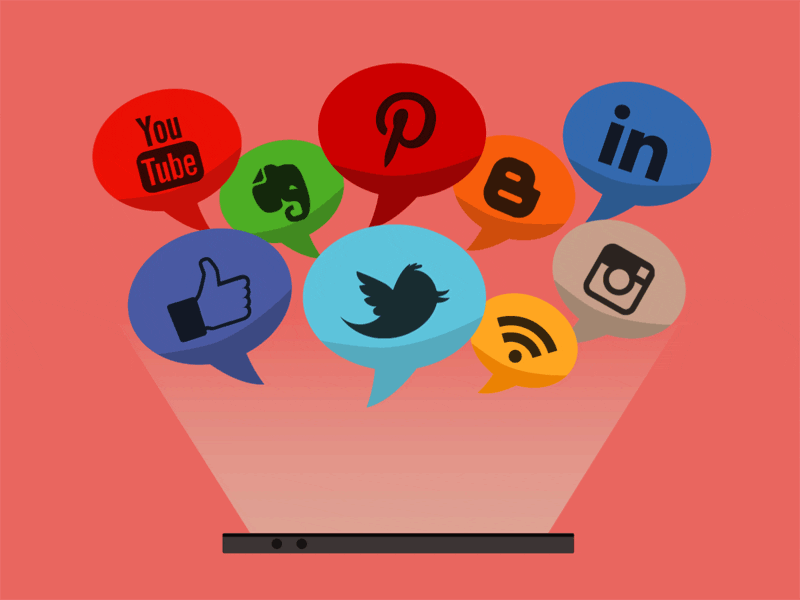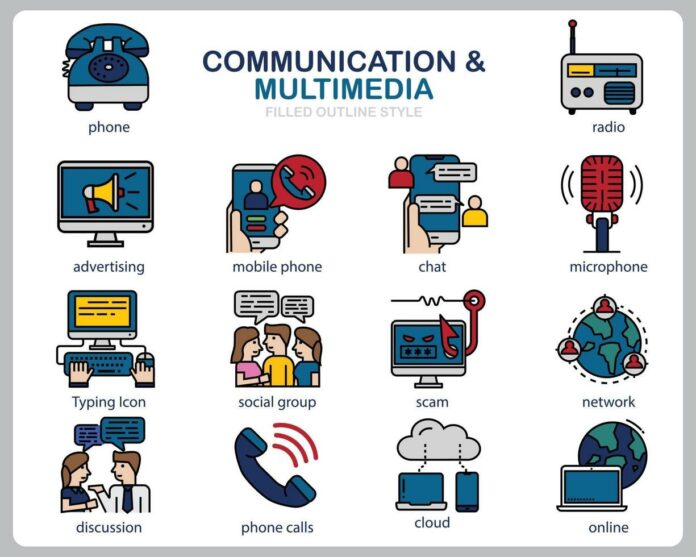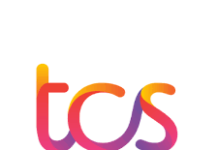What is Multimedia?
Multimedia Communications In Technology : Multimedia is the use of computers to present text. Graphics, video, animations, and sound in an integrated way.
The term Multimedia describes a number of diverse technologies that allow visual. Audio media to combined in new ways for the purpose of communication.
Its application include entertainment. Education, medicine, advertising etc.

Principles of Communications : Multimedia Communications In Technology
Communication is the transfer of information
The transfer needs a Channel (E.g. Air, Cable, Fiber Optics, etc.)
Multimedia communication uses multiple channels.
The principles of communication deals with
a. Standards
b. Protocols
c. Error Control, Redundancy(Repetition) and Accuracy
d. Channel
e. Context
f. Coding
Multimedia Communication : Multimedia Communications In Technology
Multimedia communication involves showing information in multiple media formats. Images, video, audio and text all are part of multimedia communication. A single instance of multimedia communication does not have to have all four components.
Examples: Websites, Information Kiosks and Interactive Media
Channels / Mediums : Multimedia Communications In Technology
A communication channel refers either to a physical transmission medium such as a wire. To a logical connection over a multiplexed medium such as a radio channel.
A channel used to convey an information signal, for example a digital bit stream. From one or several senders (or transmitters) to one or several receivers.
A channel has a certain capacity for transmitting information. Often measured by its bandwidth in Hz or its data rate in bits per second.
Choice of Channels : Multimedia Communications In Technology
We choose wireless mediums if we require just a limited amount of speed. For e.g. for a home or office connection where we use the network for personal file sharing and for streaming multimedia contents. Also it covers a limited reason of space.
Wired medium are used if we need a very high connection speed, this is usually true in case we want to transfer over an Exabyte of data. It also allows for a reliable long distance connection between computers.
Choice of channels depends on
a. Availability of channel
b. Availability of equipment
c. Ability to use the channel
d. Ability to understand message
e. Economic considerations
f. Time problems
Communication of Information : Multimedia Communications In Technology
Raw data can converted into an information structure of choice. Then we may use the medium of communication of our choice.
Communication. It may involve errors
In digital communication where binary of used errors. Errors cause 1 to become 0 and 0 to become 1
To detect or correct errors. It requires extra information (Redundancy)
Model of Communication : Multimedia Communications In Technology
Models of communication conceptual models used to explain the human communication process.
The first major model for communication came in 1949 and conceived Claude Elwood Shannon and Warren Weaver for Bell Laboratories.
Modes of Media Transmission
Simplex Mode of Media Transmission
In this type of transmission mode data can be sent only through one direction i.e. communication is unidirectional. We cannot send a message back to the sender. Unidirectional communication done in Simplex Systems.
Examples of simplex Mode is loudspeaker, television broadcasting, television and remote, keyboard and monitor etc.
Half-Duplex Mode of Media Transmission
In half duplex system we can send data in both directions but it done one at a time that when the sender sending the data then at that time we can’t send the sender our message. The data sent in one direction.
Example of half duplex a walkie-talkie in which message sent one at a time and messages sent in both the directions.
Full-Duplex Mode of Media Transmission
In full duplex system we can send data in both directions as it is bidirectional. Data can sent in both directions simultaneously. We can send as well as we receive the data.
Example of Full Duplex is a Telephone Network in which there is communication between two persons by a telephone line, through which both can talk and listen at the same time.
Role of Media Transmission
The data coded as binary numbers. These at the sender end
A carrier signal modulated as specified. Its by the binary representation of the data
At the receiving end, the incoming signal. It demodulated into the respective binary numbers
Decoding of the binary numbers. As it performed
CLICK HERE To Visit Our Website





